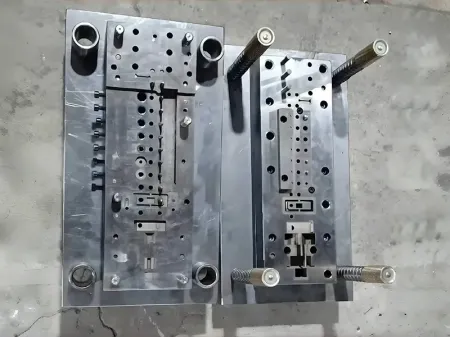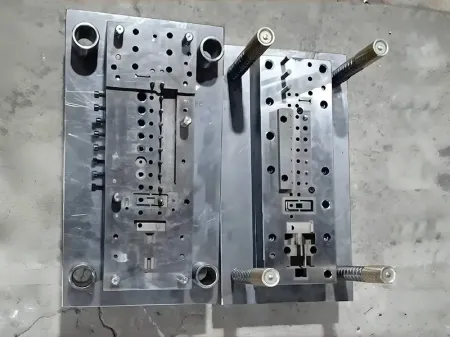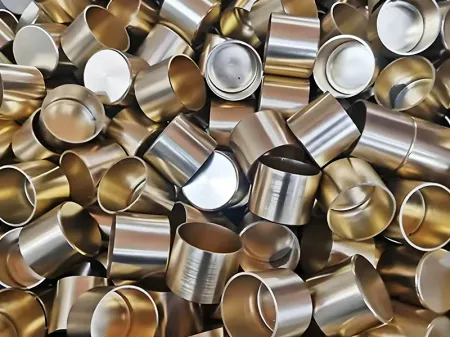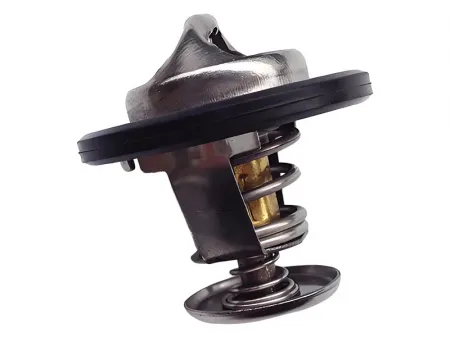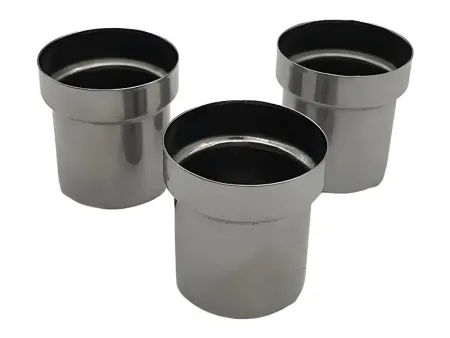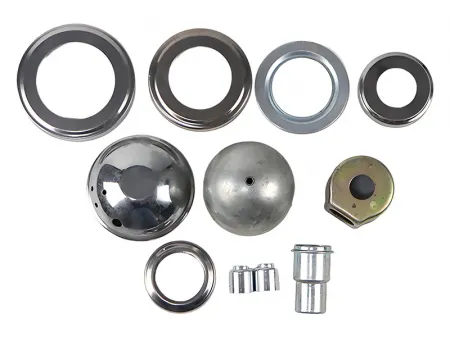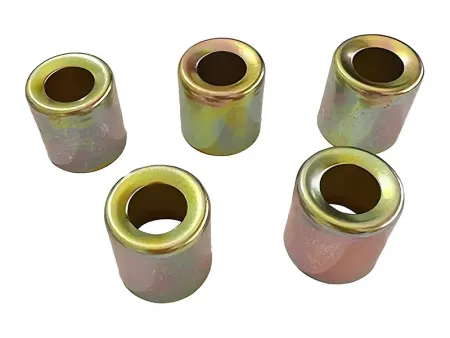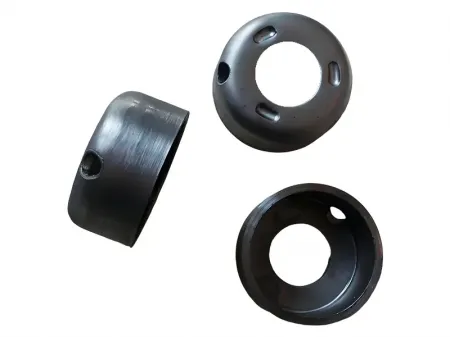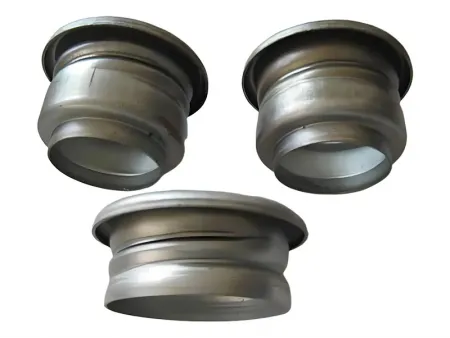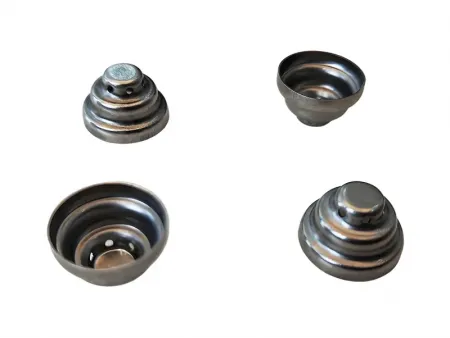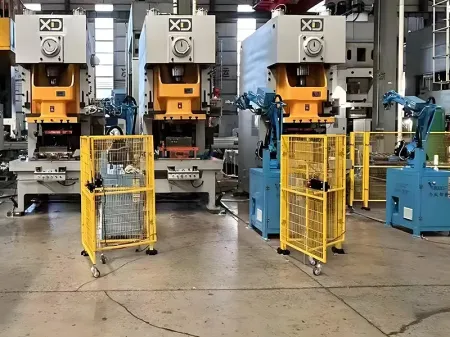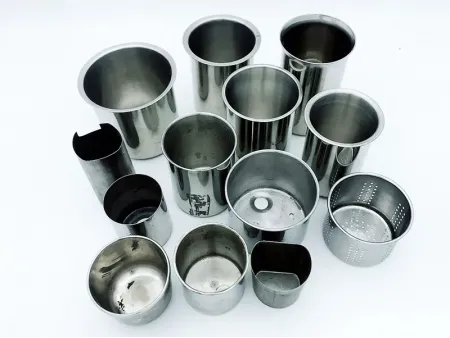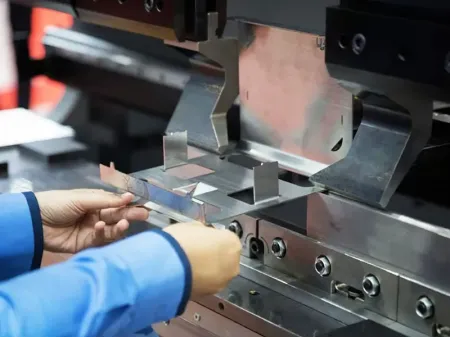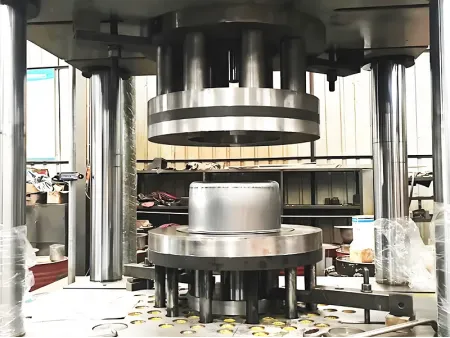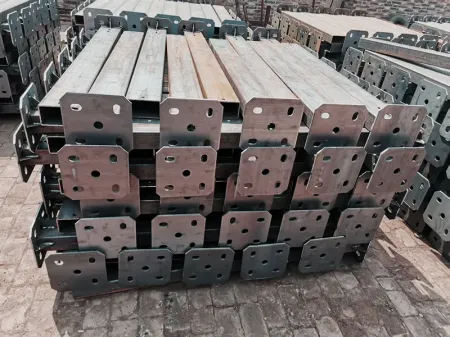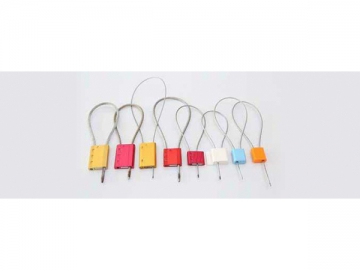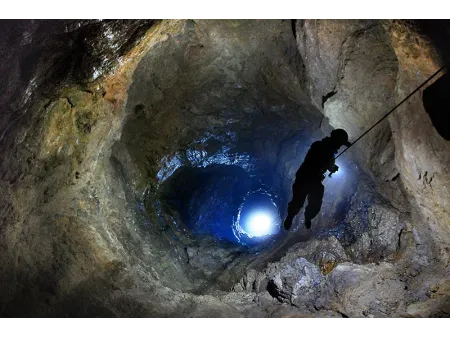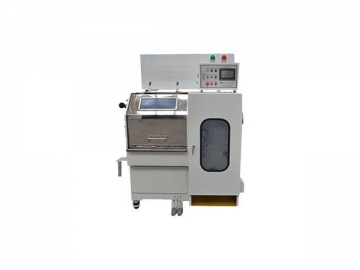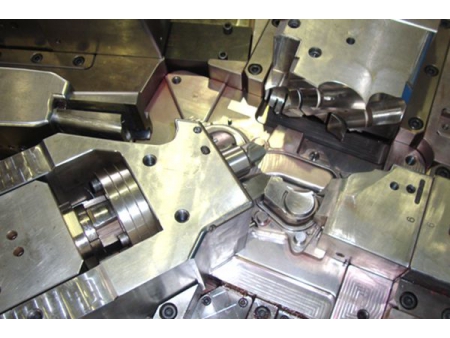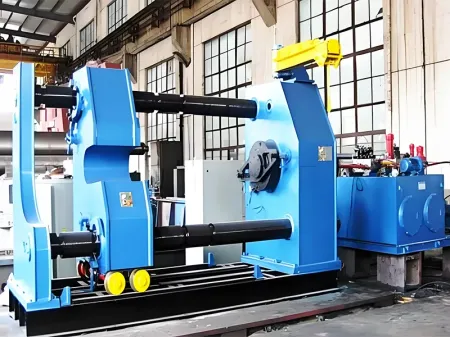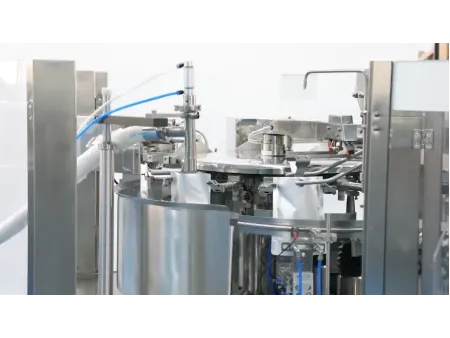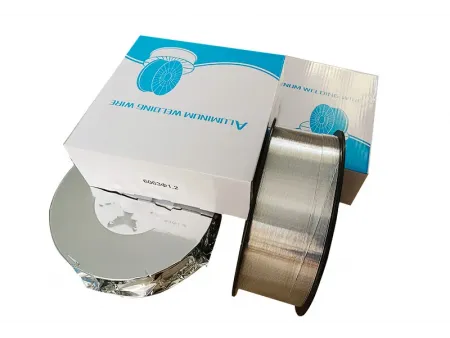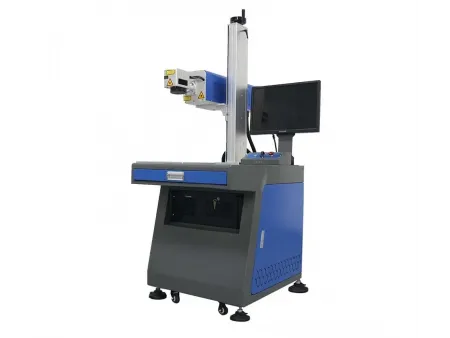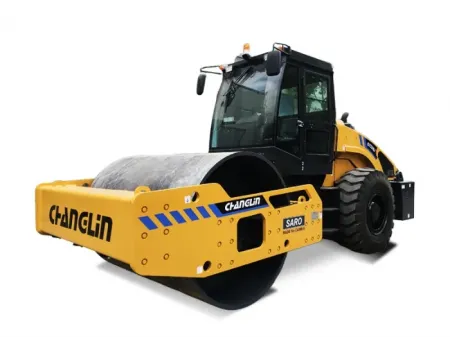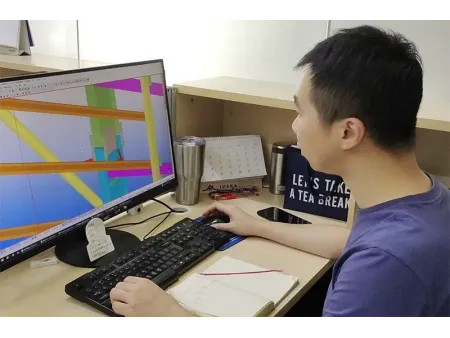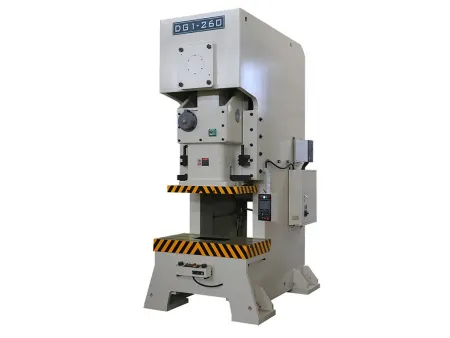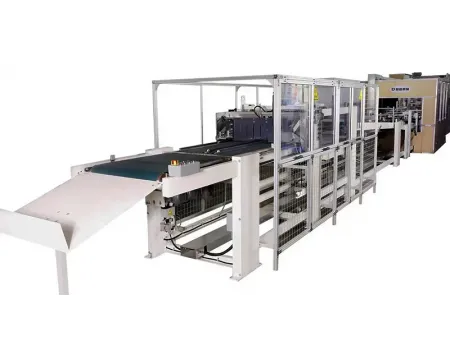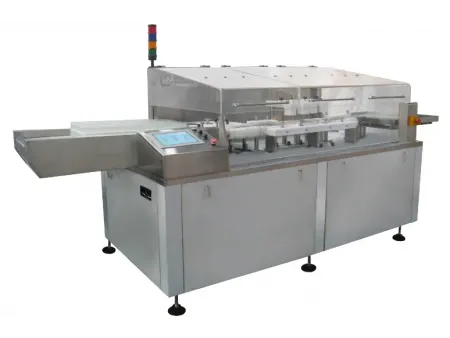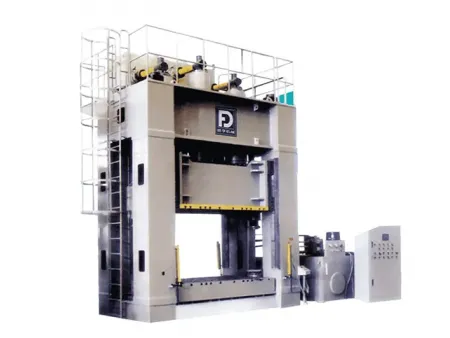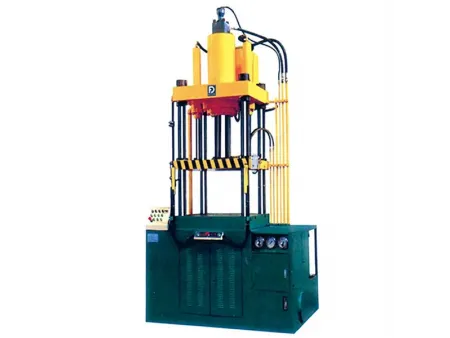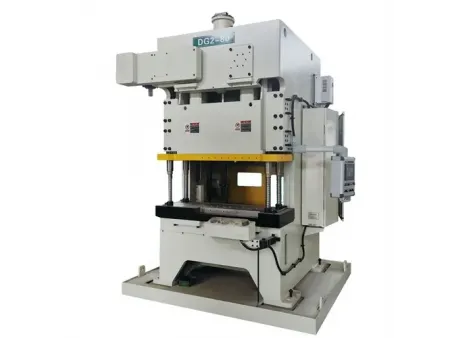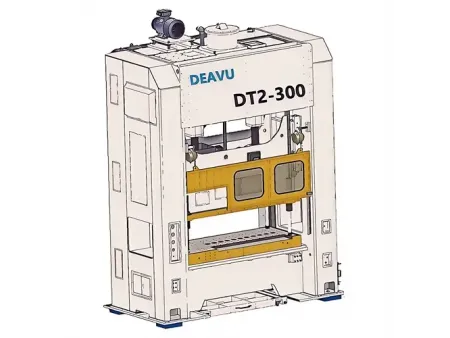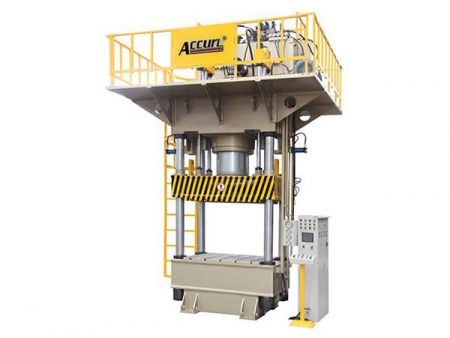Deep Drawing Services
Deep drawing is a metal forming process in which a flat sheet of material is transformed into a hollow, open-shaped part through the application of a die.
This method allows for the creation of thin-walled components in a wide variety of shapes, including cylindrical, rectangular, stepped, spherical, conical, parabolic, and other complex or irregular geometric shapes. When combined with other stamping and forming techniques, it can produce highly intricate and structurally demanding parts.
One of the key advantages of deep drawing is its ability to achieve high dimensional accuracy and maintain tight tolerances, making it ideal for manufacturing components with a high depth-to-diameter ratio.
Thanks to its versatility and reliability, deep drawing is widely used across numerous industries, including construction, automotive, aerospace, transportation, and architecture industry.
- Material Selection
- Die Design
- Deep Drawing
- Cooling Treatment
- Finishing (Trimming, Grinding, Polishing, etc.)
| Conventional Deep Drawing | Flange Deep Drawing | Flaring/Necking Deep Drawing | |
| Equipment used | Tensile testing machine | Hydraulic press, punching and flanging machine | Necking machine, deep drawing press |
| Applicable products | Expanded metal mesh, metal housings | Automotive parts, home appliances, electronics, round metal products | Pipe fittings, metal containers |
| Size range | 1-3mm | 1-6mm | 1-5mm |
| Suitable materials | Aluminum, carbon steel, stainless steel | Carbon steel, stainless steel, aluminum, copper | Copper alloys, titanium alloys, aluminum alloys, carbon steel, stainless steel |
One of the key advantages of deep drawing is its ability to produce complex three-dimensional shapes with high precision and repeatability. It is particularly well-suited for manufacturing curved and contoured components, such as aircraft fuselage sections, automotive body panels, and architectural elements like curved façades.
Deep drawing offers numerous benefits, including reduced material waste, thanks to minimal cutting and welding requirements, and the ability to produce parts with a smooth, consistent surface finish. It is compatible with a wide range of materials, including aluminum, steel, and titanium.
- Handling Large Hollow Profiles: Deep drawing excels at shaping large hollow or sectioned profiles.
- Preserving Surface Integrity: The process minimizes the risk of surface damage or defects during bending.
- Tighter Bend Radii: Compared to roll bending, deep drawing achieves significantly smaller bend radii.
- Custom Curves: Its flexibility allows for the creation of specialized curves and custom geometries.
- Three-Dimensional Forming: Deep drawing supports 3D bending, enabling the production of highly intricate and precise shapes.
- Material Versatility: Compatible with a variety of metals, including aluminum, steel, and titanium.
- High Precision: The process ensures excellent dimensional accuracy and meets strict tolerance requirements.
When selecting materials for deep drawing, stainless steel is a common choice. It generally comes in two types: ferritic and austenitic. The appropriate type depends on the specific application and performance requirements – material selection should be determined based on the actual conditions and intended use.
Yes, in cylindrical deep drawn parts, wall thickness inevitably decreases after the drawing process, which in turn reduces the part’s load-bearing capacity. As for compressive strength, while it may not always be a primary focus, it can be relevant depending on the application, especially in cases where structural integrity under load is critical.
Precision is essential in deep drawing because it ensures that the final product meets exact specifications, which is crucial for functionality, durability, and safety. High accuracy also helps minimize material waste and reduces overall production costs.
Punch speed has a significant impact on the quality of stamped components. Higher speeds can increase production efficiency by reducing cycle times, but they also generate more friction and heat, which may lead to work hardening or surface defects. The optimal punch speed must be determined through testing to strike a balance between productivity and part quality.

